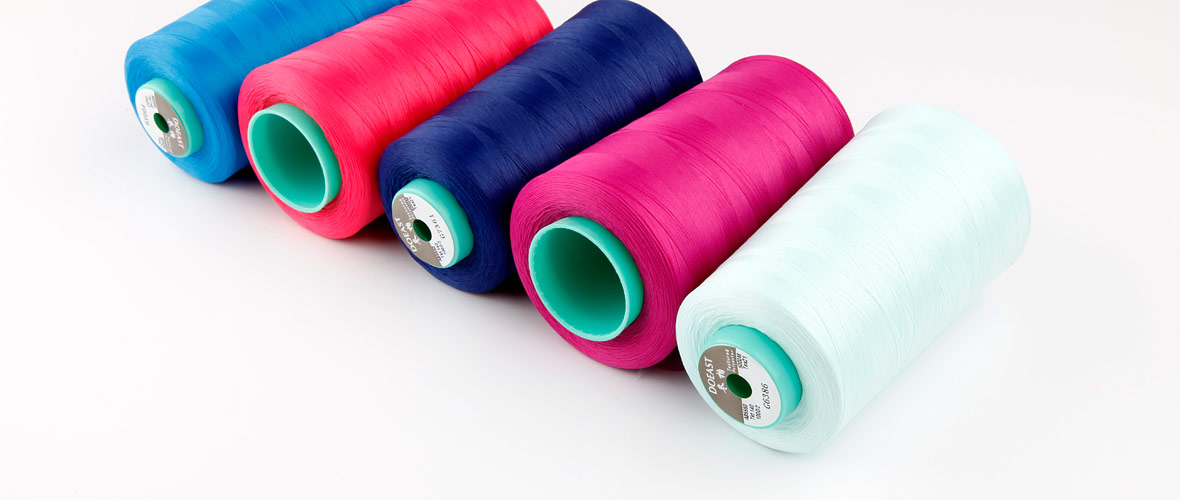Sewing is not just a functional skill; it's an art form that allows individuals to express their creativity while producing functional and aesthetically pleasing items. One key component in the sewing process is the choice of sewing thread. While standard sewing threads serve their purpose, there is an emerging trend in the sewing community that has garnered attention: textured sewing thread.


What is Textured Sewing Thread?
Textured sewing thread is a type of thread that has undergone a process to alter its structure, resulting in a thread with a distinctive texture. It is available in various textures such as boucle, slub, metallic, chenille, and many more. The texture is achieved through techniques like twisting, looping, or blending different fibers during the manufacturing process. This innovative thread adds depth, visual interest, and tactile appeal to sewing projects, making them stand out from the crowd.
Enhanced Aesthetics:
One of the primary advantages of textured sewing thread is its ability to enhance the aesthetics of your sewing projects. By incorporating a textured thread, you can add visual interest and dimension to your designs. Whether you're working on garments, home decor items, or accessories, the unique texture of the thread can create eye-catching embellishments, surface details, and intricate stitching patterns that simply can't be achieved with regular thread. Textured thread can transform a simple project into a work of art, making it a favorite choice for crafters and designers alike.
Tactile Appeal:
Beyond visual enhancements, textured sewing thread offers an enticing tactile appeal. The raised or bumpy surface of the thread adds a tactile element to the fabric, allowing the finished piece to be enjoyed not only visually but also through touch. This can be particularly beneficial for projects such as stuffed animals, pillows, or blankets, where the texture of the thread can provide a delightful sensory experience. Additionally, the contrast between smooth fabric and textured thread can create an intriguing play of textures, further enriching the overall sensory experience.
Versatility and Functionality:
Textured sewing thread is not just about aesthetics; it also brings added functionality and versatility to your sewing projects. Depending on the type of texture, it can offer advantages such as increased strength, elasticity, or grip. For instance, chenille thread, with its soft and fluffy texture, is ideal for decorative embroidery, while metallic thread can add a touch of glamour and sparkle to special occasion garments or accessories. Additionally, the textured surface of the thread can help secure stitches, preventing them from coming undone, and improving the overall durability of the finished item.
Tips for Working with Textured Sewing Thread:
When working with textured sewing thread, there are a few considerations to keep in mind:
Needle Choice: Select a needle appropriate for the thickness and texture of the thread to ensure smooth stitching. Depending on the thread type, a larger needle size may be required.
Tension Adjustment: Experiment with your sewing machine's tension settings to achieve the best results when using textured thread. Test on scrap fabric to ensure the tension is balanced and the stitches are even.
Thread Placement: Utilize textured thread strategically to highlight specific design elements or create contrast. Combine it with regular thread for interesting effects and to maintain functionality.
Test and Practice: As with any new material or technique, it's always a good idea to practice on scrap fabric to familiarize yourself with the characteristics of the textured thread and adjust your sewing techniques accordingly.

 English
English Chinese
Chinese Japan
Japan


